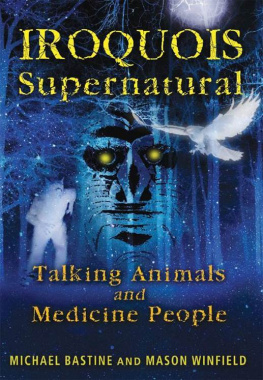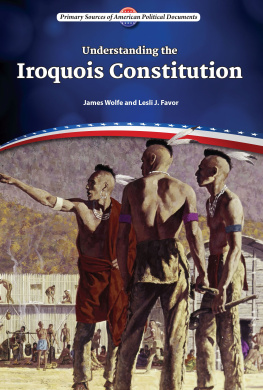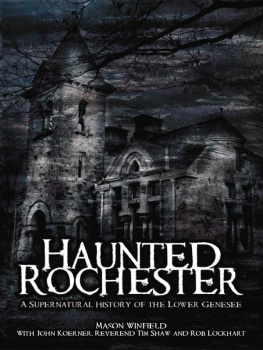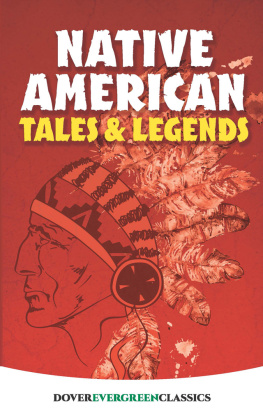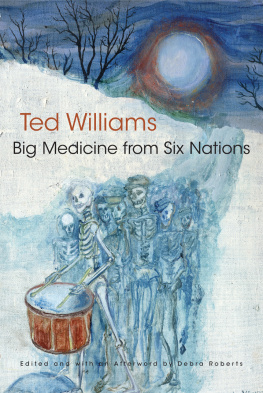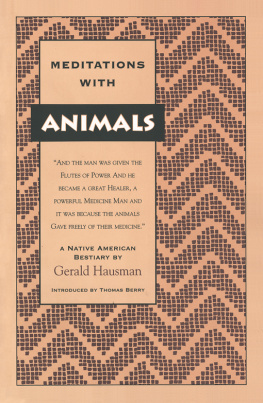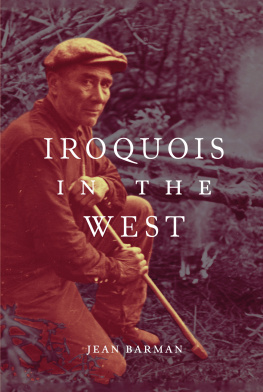Bastine Michael - Iroquois Supernatural: Talking Animals and Medicine People
Here you can read online Bastine Michael - Iroquois Supernatural: Talking Animals and Medicine People full text of the book (entire story) in english for free. Download pdf and epub, get meaning, cover and reviews about this ebook. year: 2011, publisher: Bear & Company, genre: Religion. Description of the work, (preface) as well as reviews are available. Best literature library LitArk.com created for fans of good reading and offers a wide selection of genres:
Romance novel
Science fiction
Adventure
Detective
Science
History
Home and family
Prose
Art
Politics
Computer
Non-fiction
Religion
Business
Children
Humor
Choose a favorite category and find really read worthwhile books. Enjoy immersion in the world of imagination, feel the emotions of the characters or learn something new for yourself, make an fascinating discovery.
- Book:Iroquois Supernatural: Talking Animals and Medicine People
- Author:
- Publisher:Bear & Company
- Genre:
- Year:2011
- Rating:4 / 5
- Favourites:Add to favourites
- Your mark:
Iroquois Supernatural: Talking Animals and Medicine People: summary, description and annotation
We offer to read an annotation, description, summary or preface (depends on what the author of the book "Iroquois Supernatural: Talking Animals and Medicine People" wrote himself). If you haven't found the necessary information about the book — write in the comments, we will try to find it.
Brings the paranormal beings and places of the Iroquois folklore tradition to life through historic and contemporary accounts of otherworldly encounters
Recounts stories of shapeshifting witches, giant flying heads, enchanted masks, ethereal lights, talking animals, Little People, spirit-choirs, potent curses, and haunted hills, roads, and battlefields
Includes accounts of miraculous healings by shamans and medicine people such as Mad Bear and Ted Williams
Shows how these traditions can help one see the richness of the world and help those who have lost the chants of their own ancestors
With a rich history reaching back more than one thousand years, the six nations of the Iroquois Confederacy--the Mohawk, the Oneida, the Onondaga, the Cayuga, the Seneca, and the Tuscarora--are considered to be the most avid storytellers on earth with a collection of tales so vast it would dwarf those of any other society. Covering nearly the whole of New York State from the Hudson and Mohawk River Valleys westward across the Finger Lakes region to Niagara Falls and Salamanca, this mystical cultures supernatural tradition is the psychic bedrock of the Northeast, yet their treasury of tales and beliefs is largely unknown and their most powerful sacred sites unrecognized.
Assembling the lore and beliefs of this guarded spiritual legacy, Michael Bastine and Mason Winfield share the stories they have collected of both historic and contemporary encounters with beings and places of Iroquois legend: shapeshifting witches, strange forest creatures, ethereal lights, vampire zombies, cursed areas, dark magicians, talking animals, enchanted masks, and haunted hills, roads, and battlefields as well as accounts of miraculous healings by medicine people such as Mad Bear and Ted Williams. Grounding their tales with a history of the Haundenosaunee, the People of the Long House, the authors show how the supernatural beings, places, and customs of the Iroquois live on in contemporary paranormal experience, still surfacing as startling and sometimes inspiring reports of otherworldly creatures, haunted sites, after-death messages, and mystical visions. Providing a link with Americas oldest spiritual roots, these stories help us more deeply know the nature and super-nature around us as well as offer spiritual insights for those who can no longer hear the chants of their own ancestors.
**
Bastine Michael: author's other books
Who wrote Iroquois Supernatural: Talking Animals and Medicine People? Find out the surname, the name of the author of the book and a list of all author's works by series.

